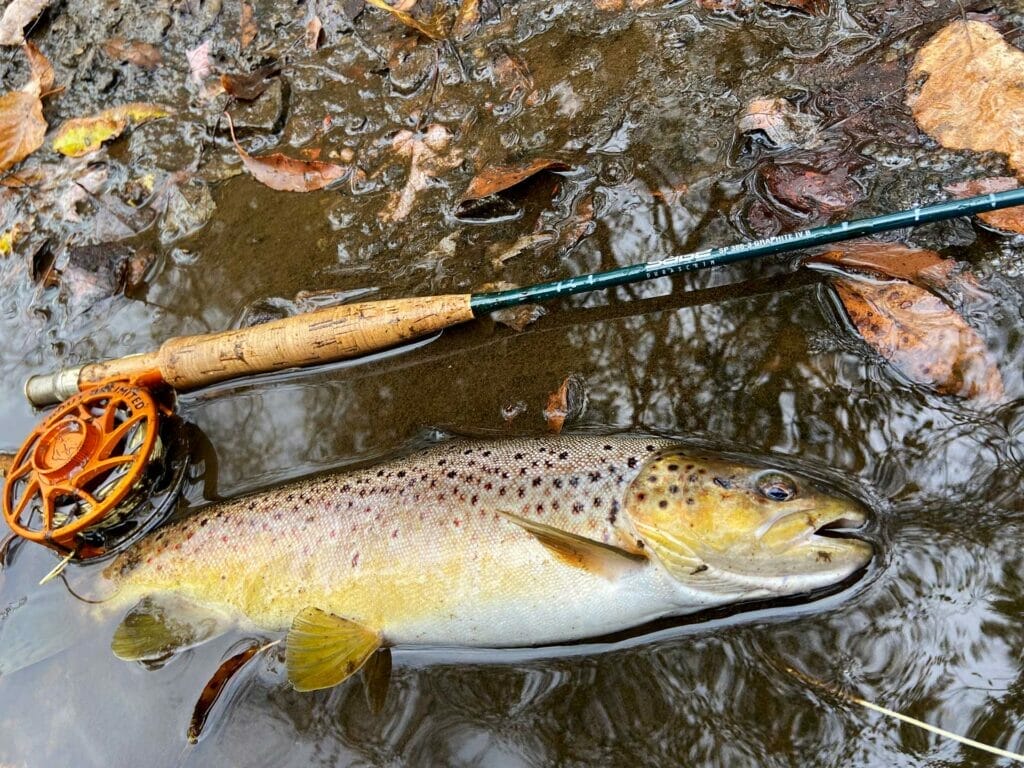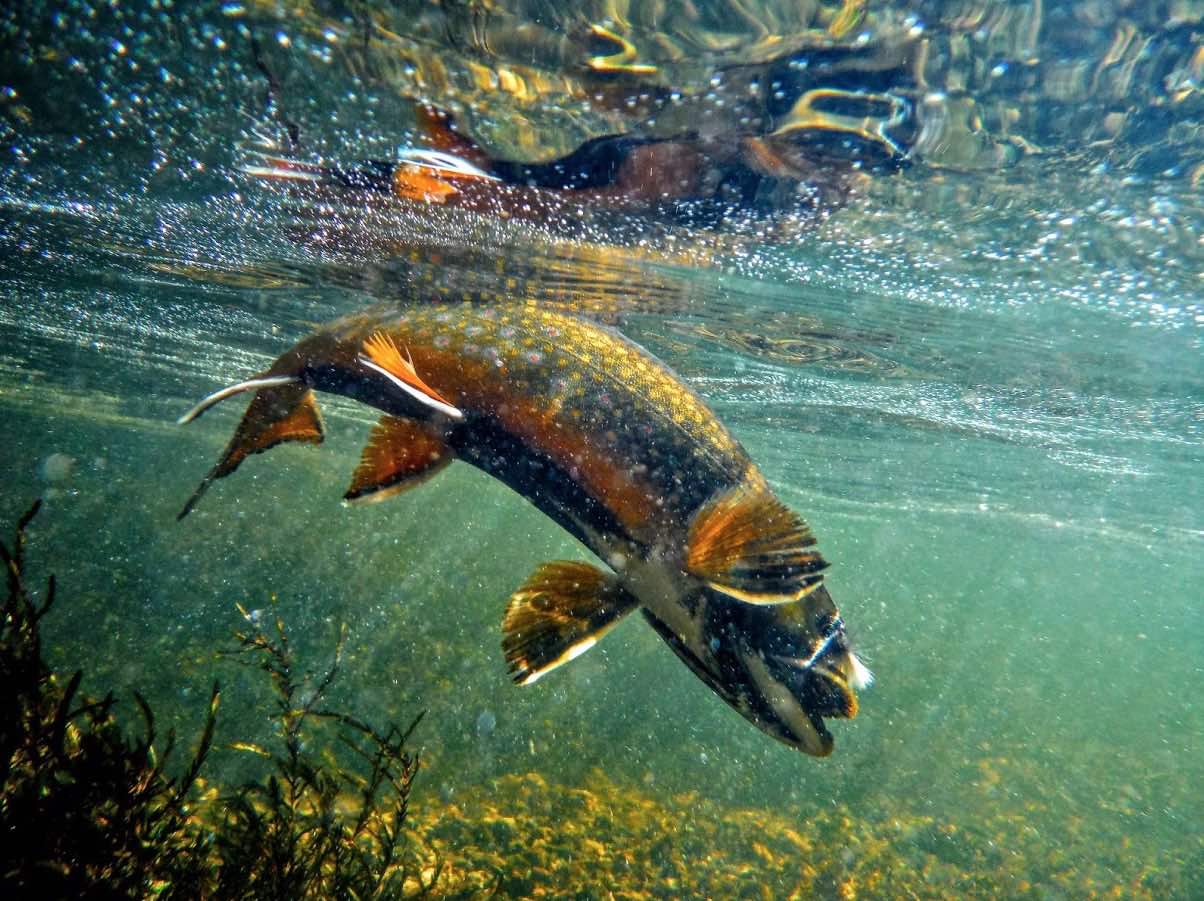The Appalachian Mountains of Pennsylvania are home to some of the most scenic wild trout fisheries in the eastern United States.
Each spring, anglers descend upon renowned streams to enjoy beautiful surroundings, bountiful mayfly hatches and plentiful trout. Some of these rivers occupy prominent places in the annals of American fly fishing; others are nascent fisheries, just now receiving the appreciation they deserve after decades of abuse in the form of industrial pollution and neglect.
Throughout Pennsylvania’s anthracite and bituminous coal fields, a third category exists: the “sleeping giants,” which could stand shoulder to shoulder with Pennsylvania’s greatest destination fisheries, if only their potential were realized.
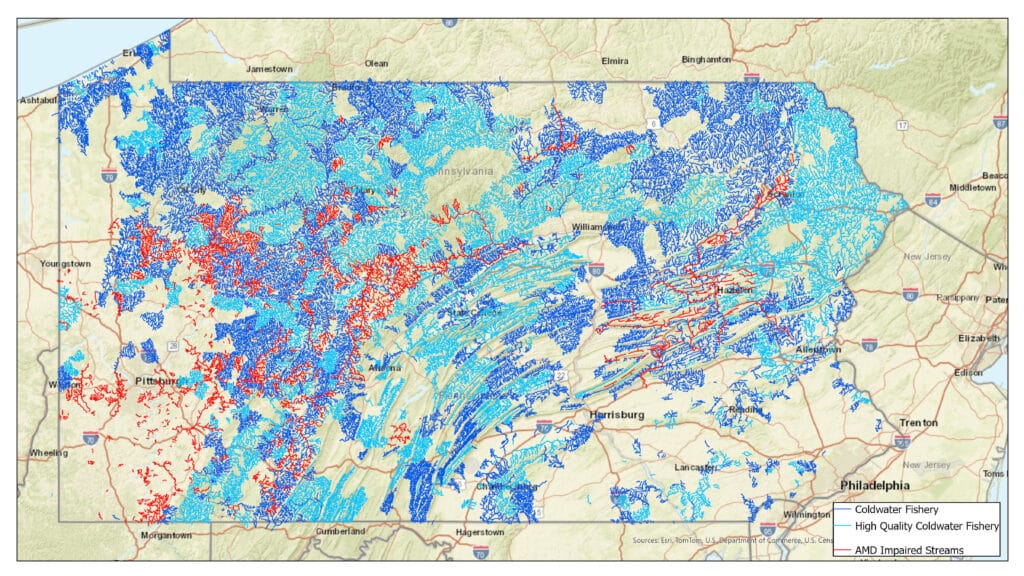
One such “sleeping giant” is Beech Creek, which forms a portion of the border between Centre and Clinton Counties near the center of the state. A century of coal and clay mining left Beech Creek scarred and stained, yet wild trout populations remain isolated in its headwaters and tributaries, unable to survive the harsh conditions of much of the river’s mainstem.
Recently, Trout Unlimited has partnered with the Clinton and Centre County Conservation Districts and the Lloyd Wilson TU Chapter to begin water sampling and planning for Abandoned Mine Drainage (AMD) remediation projects that could recover Beech Creek. With cold water, beautiful surroundings and protection from development due to its location on public lands, Beech Creek could one day rival any of the iconic streams in the mid-state region.
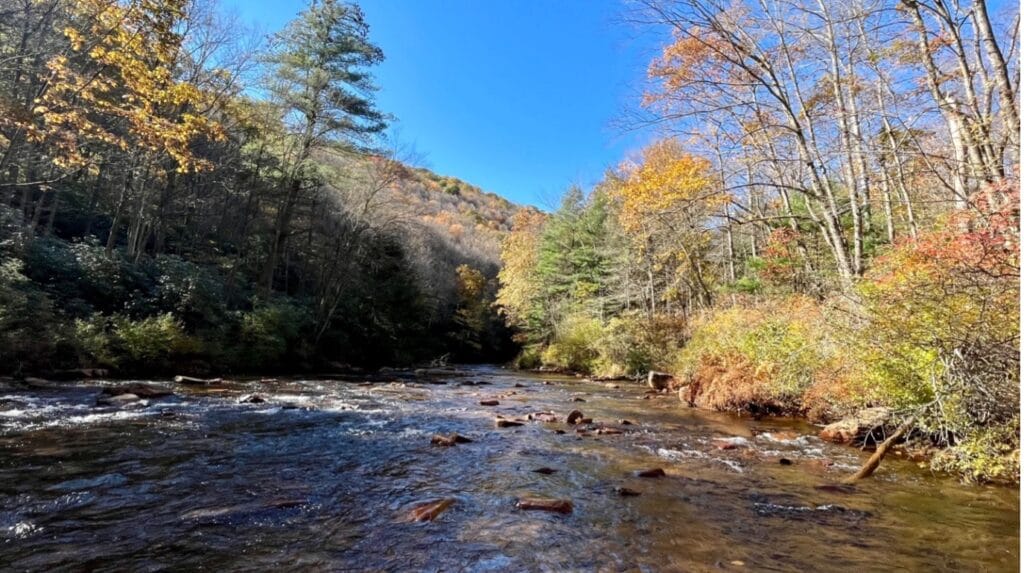
For over 20 years, Trout Unlimited has been working in the Keystone state to recover over 5,500 miles of AMD-impaired streams, which are the legacy of more than a century spent prying coal from the earth. Our AMD Technical Assistance Program offers a way for applicants to assess discharges, develop plans for treatment and apply for funding to implement remediation projects.
Trout Unlimited has also been the driving force behind the construction of AMD treatment systems which have restored and enhanced wild trout fisheries such as Twomile Run in Clinton County and Potts Run in Clearfield County.
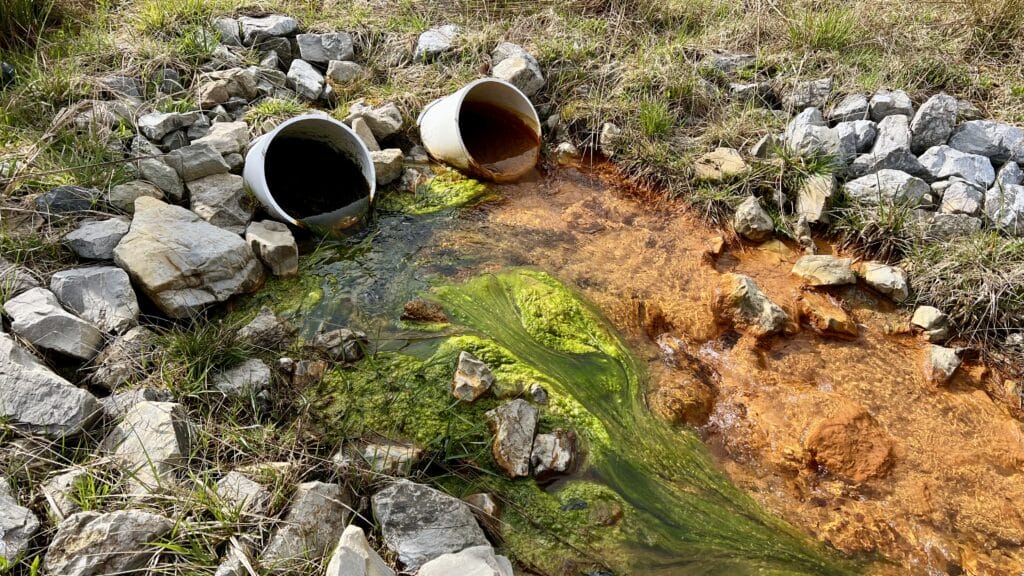
The potential for dramatic recovery of AMD-impaired watersheds is clearly illustrated by Babb Creek, a major tributary to the famous Pine Creek. Long dismissed as a dead stream, dedicated volunteers took the initiative to gather data, secure grant funding and implement a suite of AMD treatment projects which ultimately resulted in a restored wild trout fishery.
Today, local community members can take their children fishing for wild trout in a creek that had previously been lost to entire generations of anglers.
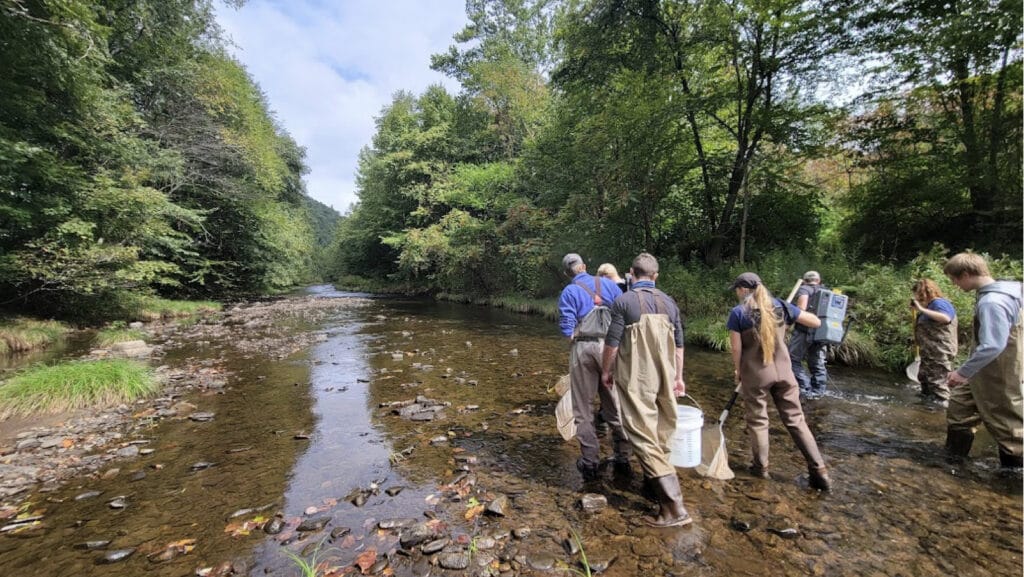
Though not as glamorous as building new systems, the maintenance of existing treatment systems is also crucial for the continued recovery of restored fisheries. A well-built passive treatment system may function well for decades with minimal maintenance, but eventually the treatment substrate will be depleted and must be replaced.
Fortunately, with the recent passage of the Bipartisan Infrastructure Law (BIL) and reauthorization of the Abandoned Mine Land Program, an additional $244 million in new annual funding is available to address the effects of abandoned mines in Pennsylvania, including maintenance of the many aging systems which are approaching the end of their service lives.
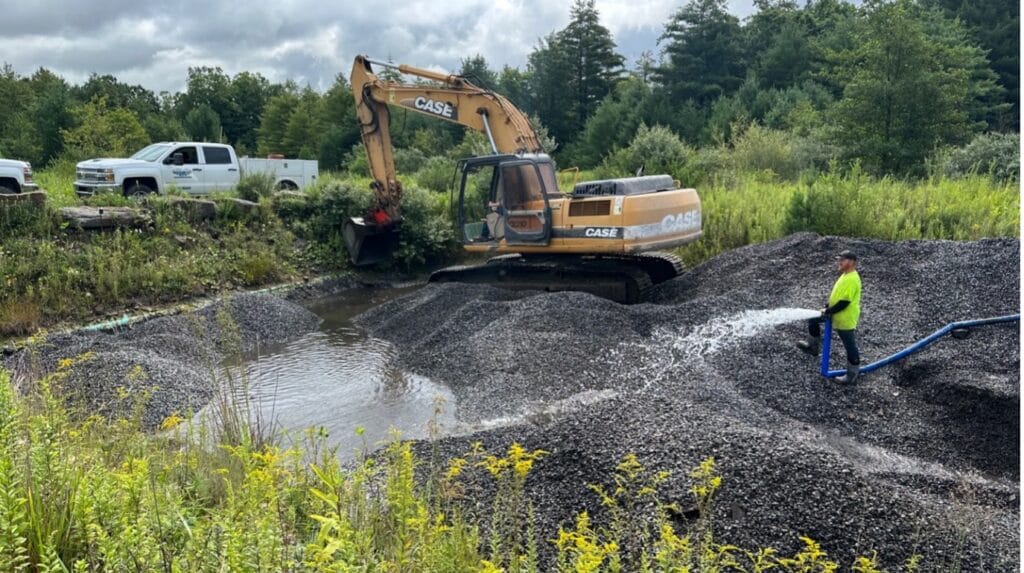
After a period when funding for AMD projects was scarce, TU and our partner organizations are now able to renew focus on Pennsylvania’s second leading cause of stream impairment. TU has already received our first successful grant application through BIL to rehabilitate the Swamp Passive Treatment System on Twomile Run, and we have several more applications pending for projects within TU’s Priority Watersheds.
As TU and our partners continue to develop project ideas, new AMD treatment and land reclamation projects will be implemented. Restored and enhanced fisheries are sure to follow, giving anglers more options to choose from in the gorgeous Appalachian Mountains of Pennsylvania.
